
As i stepped down from the bus into the dirt-ridden streets of Badagry, I felt a little bit apprehensive. I'd read before about this relatively-sleepy Nigerian town notorious for being one of the biggest players in the transatlantic slave trade, but nothing could have prepared me for the emotional impact of witnessing it firsthand.
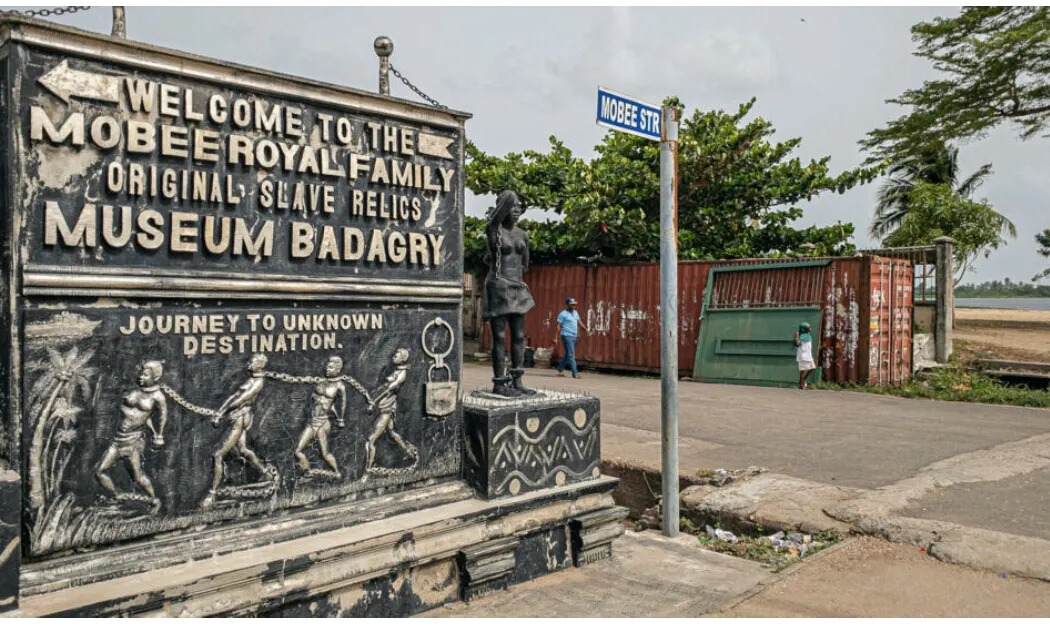
My adventure started at Badagry Heritage Museum, where Mr Abass (a guide who knows everything about this place) was awaiting me. On our way around the exhibits, he told me about communities of enslaved people who had been chained up and marched from lands deep in Africa to Badagry's coast before being loaded into boats that sailed away for Europe and the coast of the West Indies (present day North and South America) . Artifacts like shackles, whips and branding irons were a chilling reminder of the inhumanity forced upon those that had been enslaved.


Next, we visited the Point of No Return, a holding cell where enslaved people were detained before being shipped across the Atlantic. The name sent shivers down my spine – those who left this point would never return to their homeland. As I stood in the cramped, dimly lit space, I felt a sense of despair wash over me. How could humans treat each other with such cruelty?
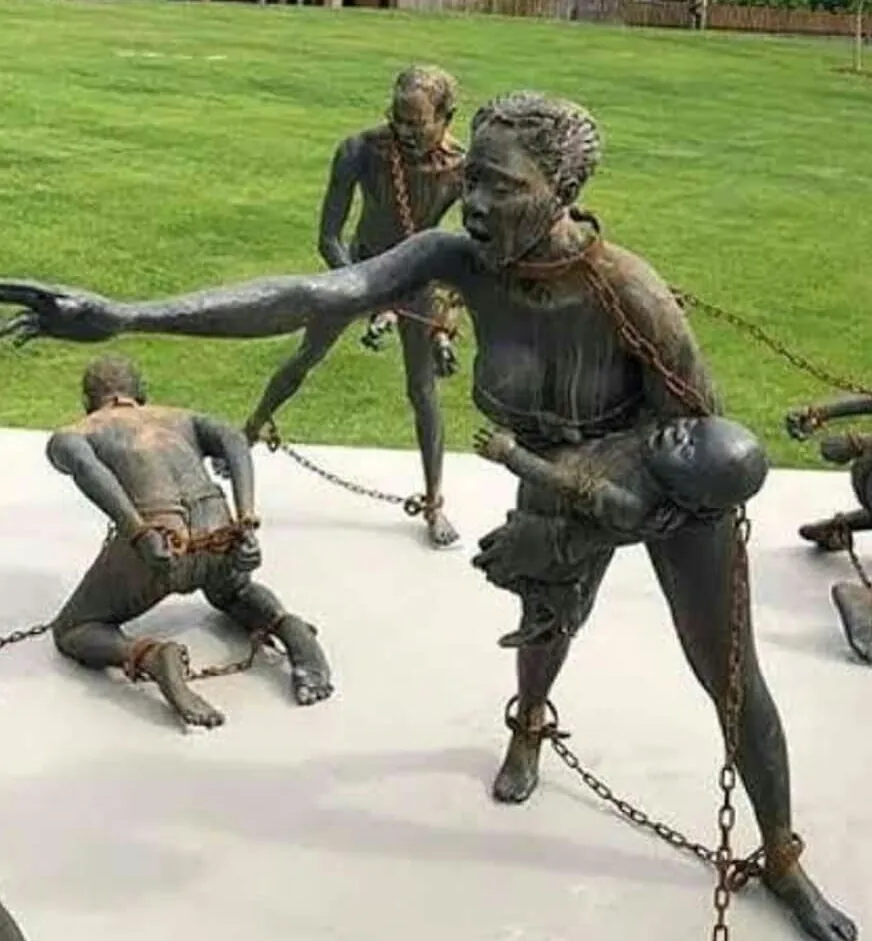
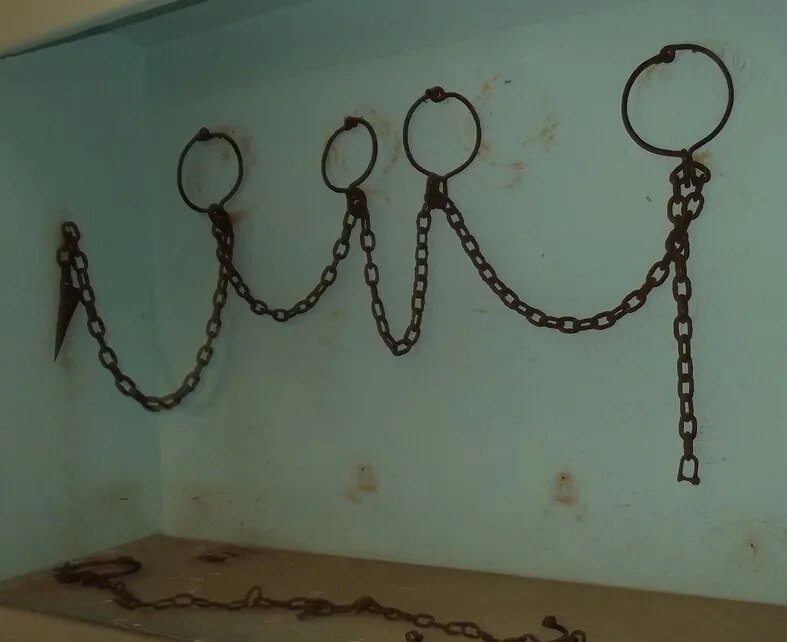

We continued on to the Slave Market, where enslaved people were bought and sold like commodities. Mr. Abass explained that the market was a bustling hub of activity, with European traders negotiating prices for human lives. I couldn't help but wonder about the countless families torn apart here, their lives forever changed by the whims of slave traders.
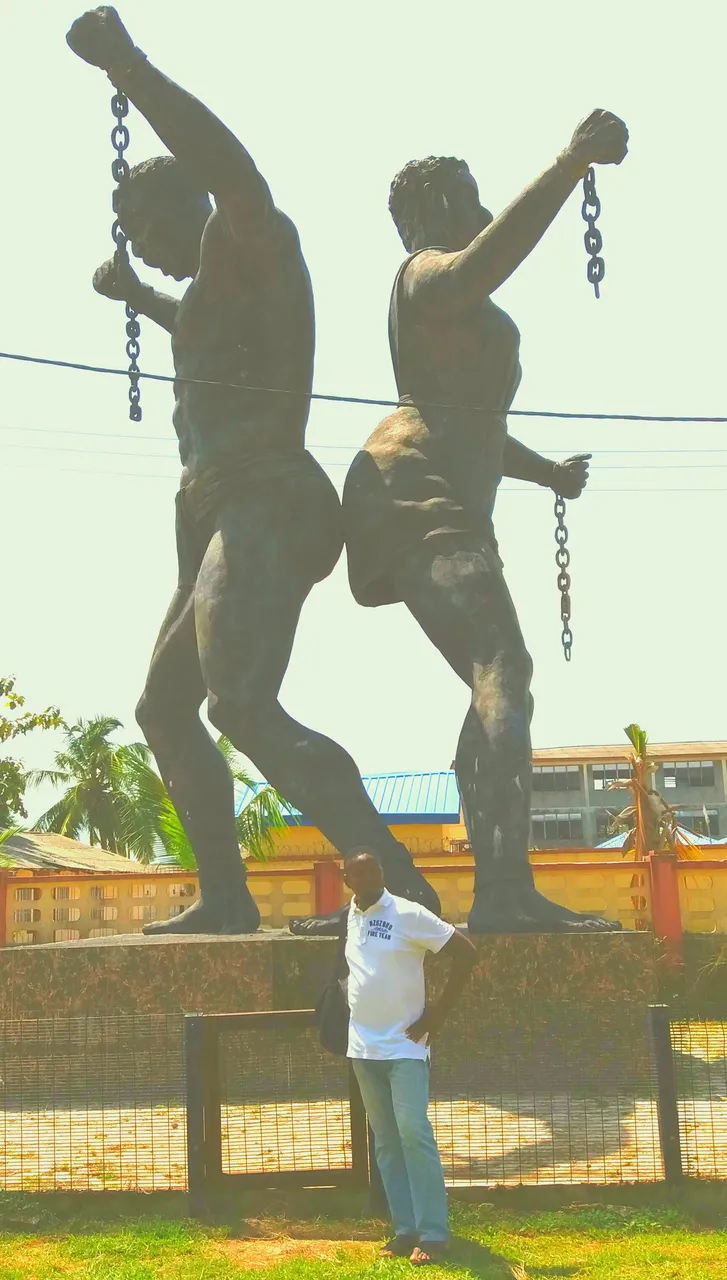
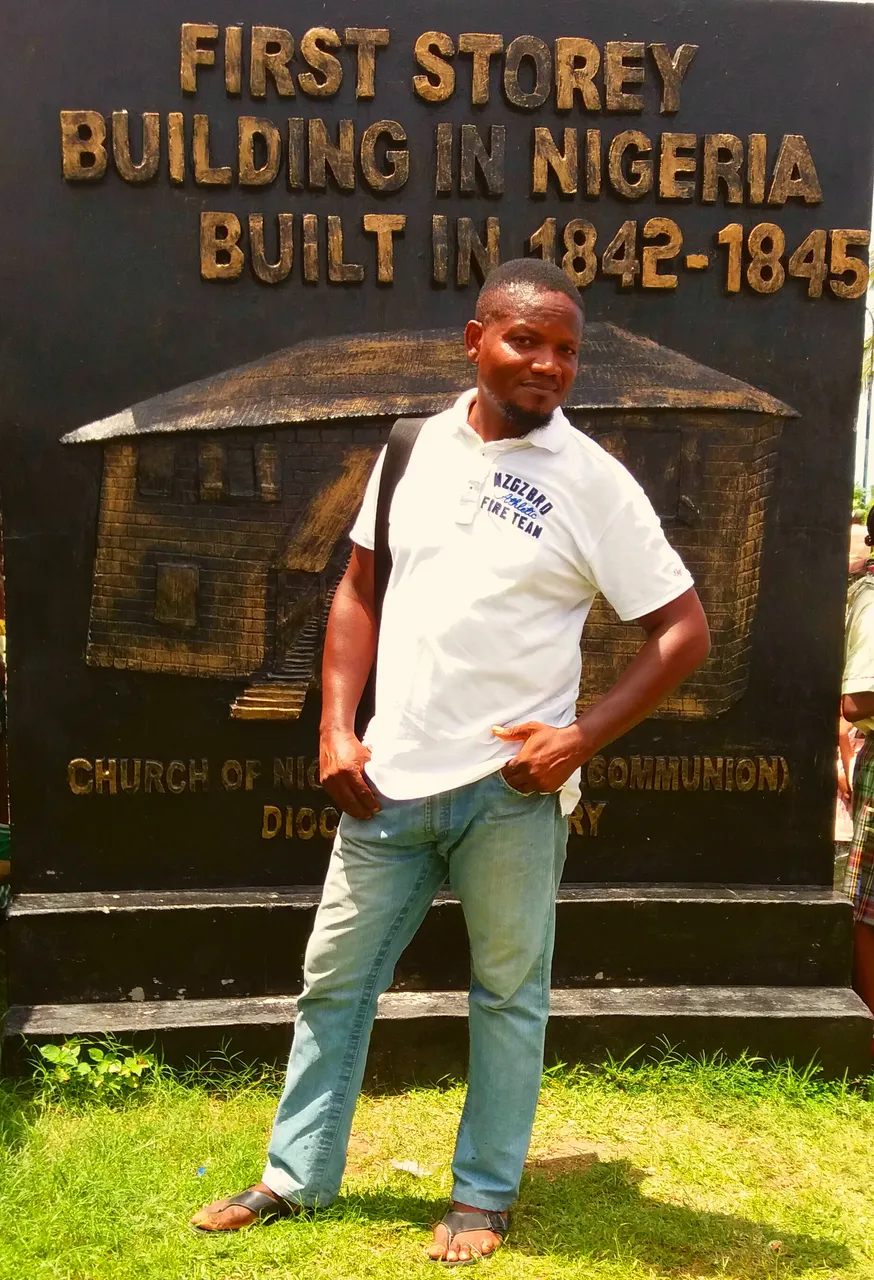
As we walked through the ancient town, I noticed the remnants of old forts and trading posts, a glaring reminder of the European powers that once dominated this coast. It was a sobering reminder of the complex web of dark interests that once fueled the slave trade.
Our final stop was the Barracoon, a fortified holding cell where enslaved people were kept under brutal conditions. The air was thick with the weight of history as I gazed upon the crumbling walls, imagining the countless souls who suffered within.
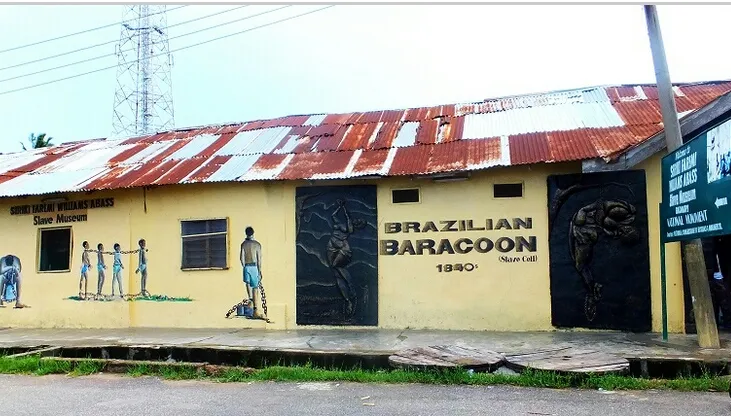
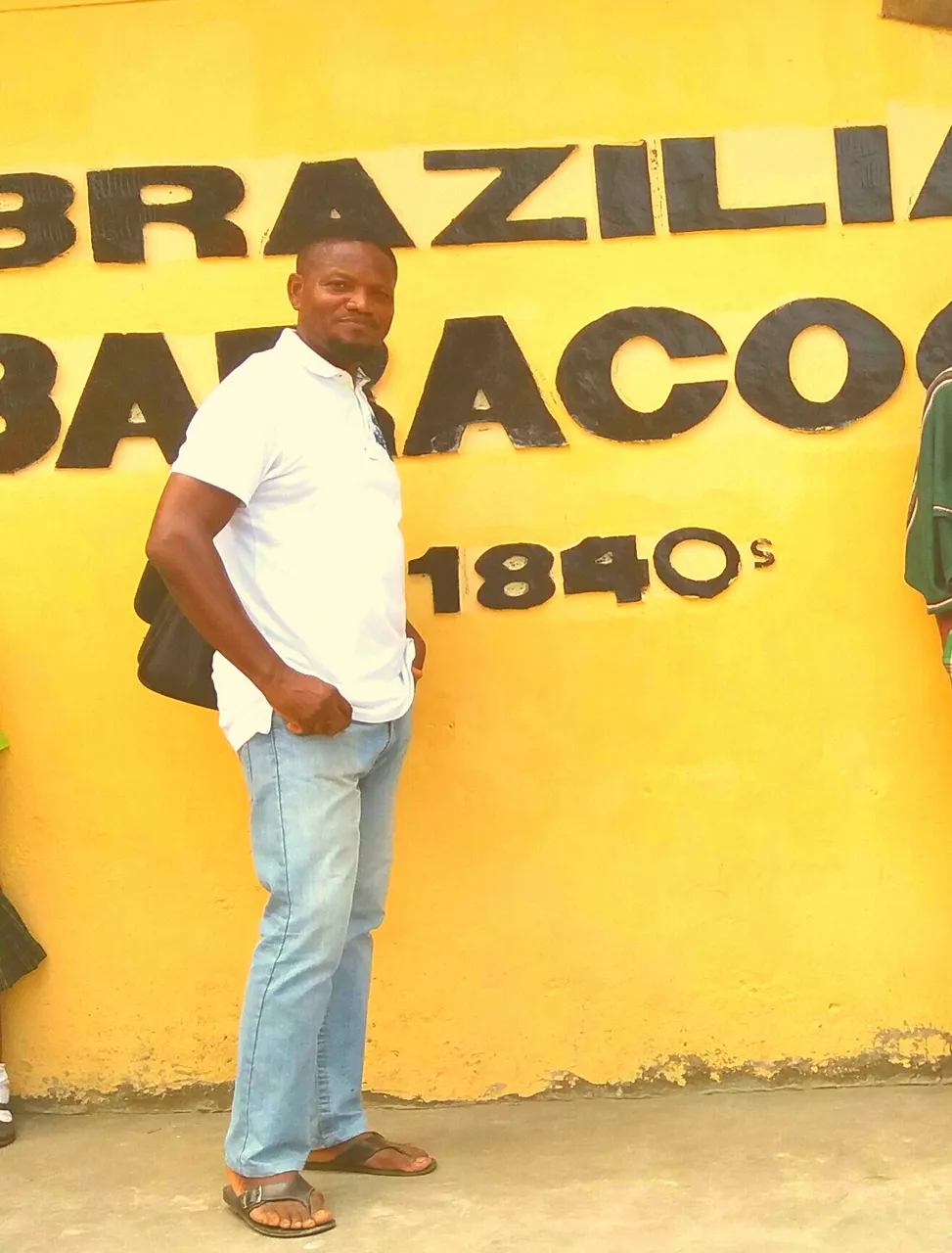
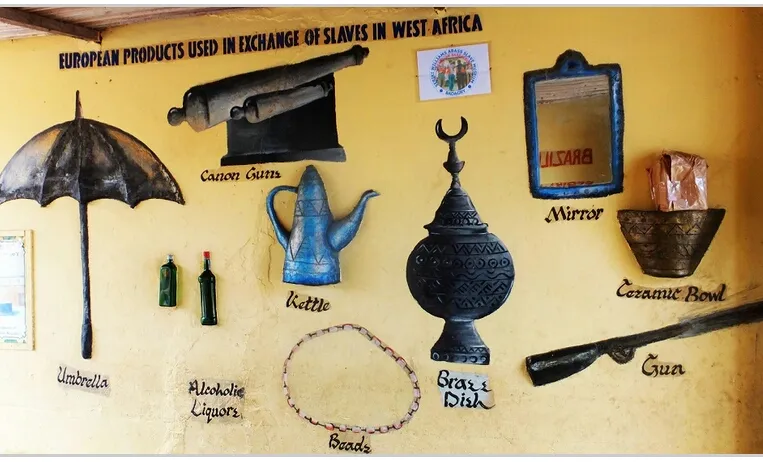
As I left Badagry, I felt a deep sense of sadness and outrage. How could such atrocities have occurred? Yet, I also felt a ray of hope. By confronting this dark painful history, we can work towards a more justifiable future.
My visit to Badagry was a vivid reminder of the transatlantic slave trade's devastating impact. It's a history that must be acknowledged and learned from, lest we repeat the mistakes of the past. As I reflect on my experience, I'm reminded of the power of remembrance and the importance of honoring the victims and survivors of this dark chapter in human history.
All the photograph shown above in the article are my own , they were shot using my SAMSUNG A9000 Phone.